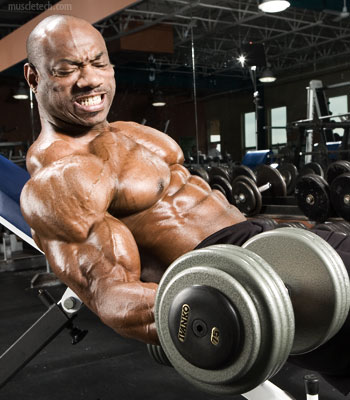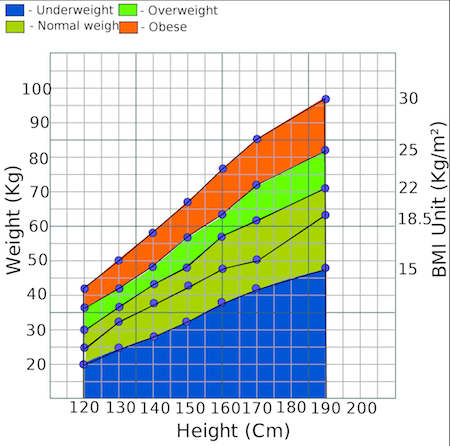Fitness is individual. A person knows that he is or is not in shape. He also knows the various degrees of his own fitness. Or he can define his fitness in terms of others of similar age and state of health. He may be proud that he is the only fellow on the block who can go out bicycling for the afternoon, climb three flights of stairs without panting, and shovel his own driveway. And by this comparison he knows if he enjoys normal fitness, which is indeed rare, or only average fitness.
There is a tendency to be too scientifically sophisticated in appraisals of fitness for people after college years. Why make things overly difficult? Either you are in good shape-for you-or you are not. That is easy for you to decide.
Your own base line or yardstick is you at this moment. From now on you improve, you deteriorate, or you hold the line. This is where you start. And a medically sound beginning it is. Consciously or unconsciously each sportsman has devised his own fitness testing. It may be formal (one more push-up, lopping two seconds off his hundred-yard swimming time, or returning to normal pulse less than three minutes after exercise) or informal (“it sure was easier to climb Mount Yahoo this year!”)-but it is there.
Measuring your fitness level
The most currently inept fitness enthusiast can outline his own testing program by using the following rules:
1. Measure areas relevant to your own recreational activity.
If you bicycle, time yourself once in a while over the same route. Do not think that a certain number of deep knee bends will greatly improve your ability to pitch a pup tent.
2. Always test yourself under the same conditions. Time of day, mood, weather, recent sleeping habits, and many other factors should be as similar as possible.
3. Measure for greater endurance. If you are now able to dog-paddle for 21 minutes, see if you can up this to 22 minutes. Or if you are -lifting 20 pounds ten times, see if you can press eleven times.
4. Measure for greater strength. If you are now completing six laps of the pool in 21 minutes, how about six and a half laps in the same time? If you are now pressing 20 pounds ten times, how about 25 pounds ten times?
5. Measure your own improvement. Fitness tests should not compare one sportsman with another or be used on a one-shot basis. Repeated evaluations are the key to good fitness tests. They should be used as a guide for the individual sportsman in his evaluation of self-improvement. In fact, most sportsmen know their general condition without ever resorting to formal testing.
6. If you are seeking general fitness, then devise over-all tests. Fitness should be total and not restricted to one area of the body. It makes little sense to work the legs hard without paying some attention to the arms. In testing yourself, test arms, trunk, and legs.
7. Make the goals simple enough to accomplish in a few weeks-or you will go stale and lose interest. A fifty-year-old executive who has been sedentary for twenty years may find a single push-up impossible. And it might take him six discouraging months to be able to do two. Obviously he should be doing “modified push-ups” rather than regular push-ups
If the above suggestions are incorporated into your own program of fitness evaluation, more technically scientific methods are unnecessary. However, properly understood, these tests do have value. Perhaps you may wish to adapt portions of them for yourself.




